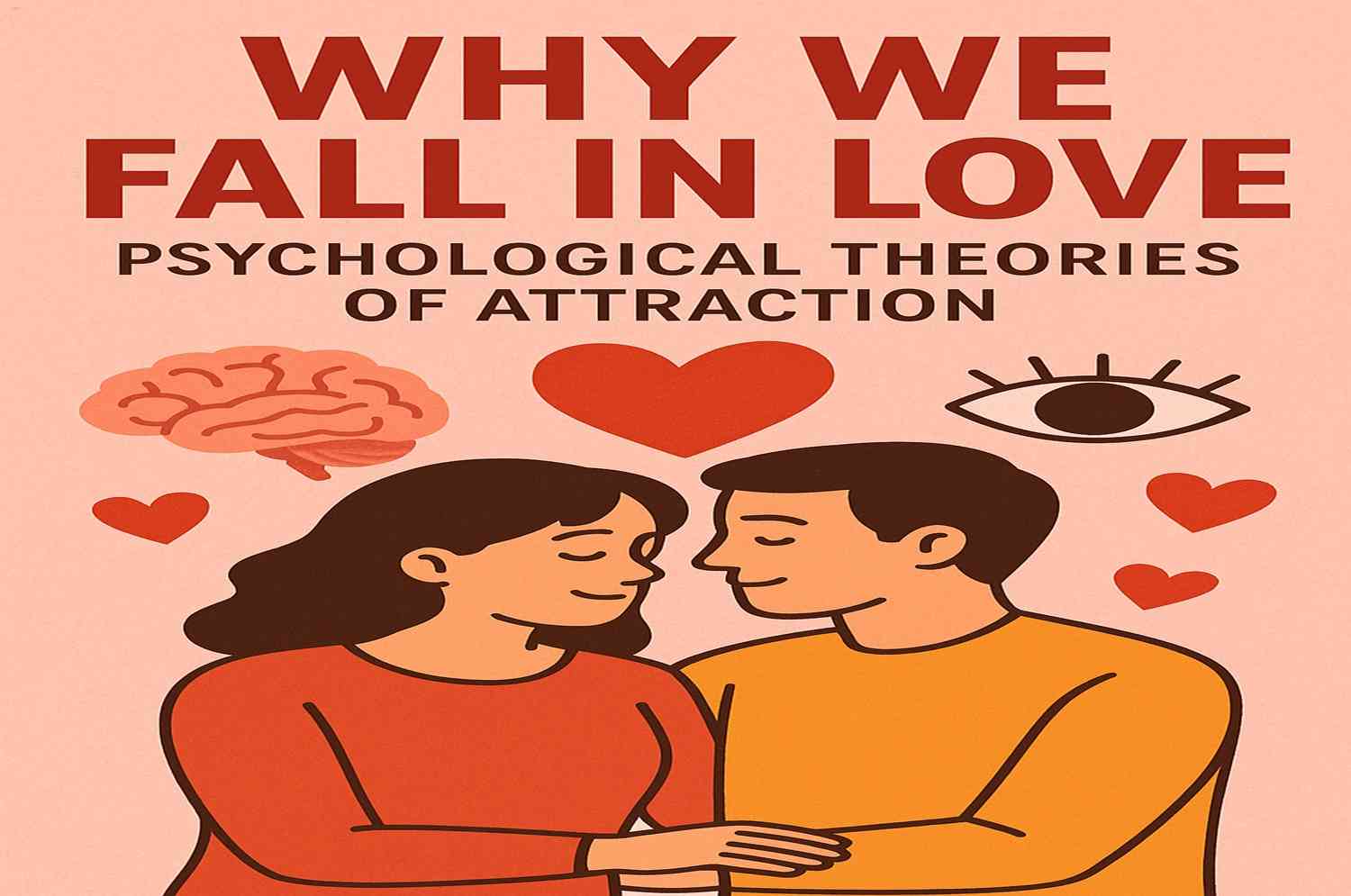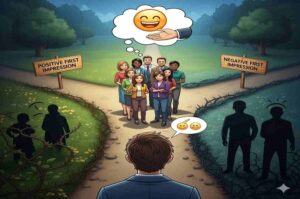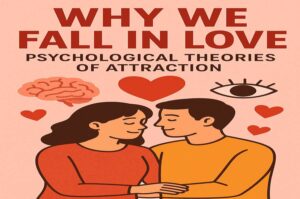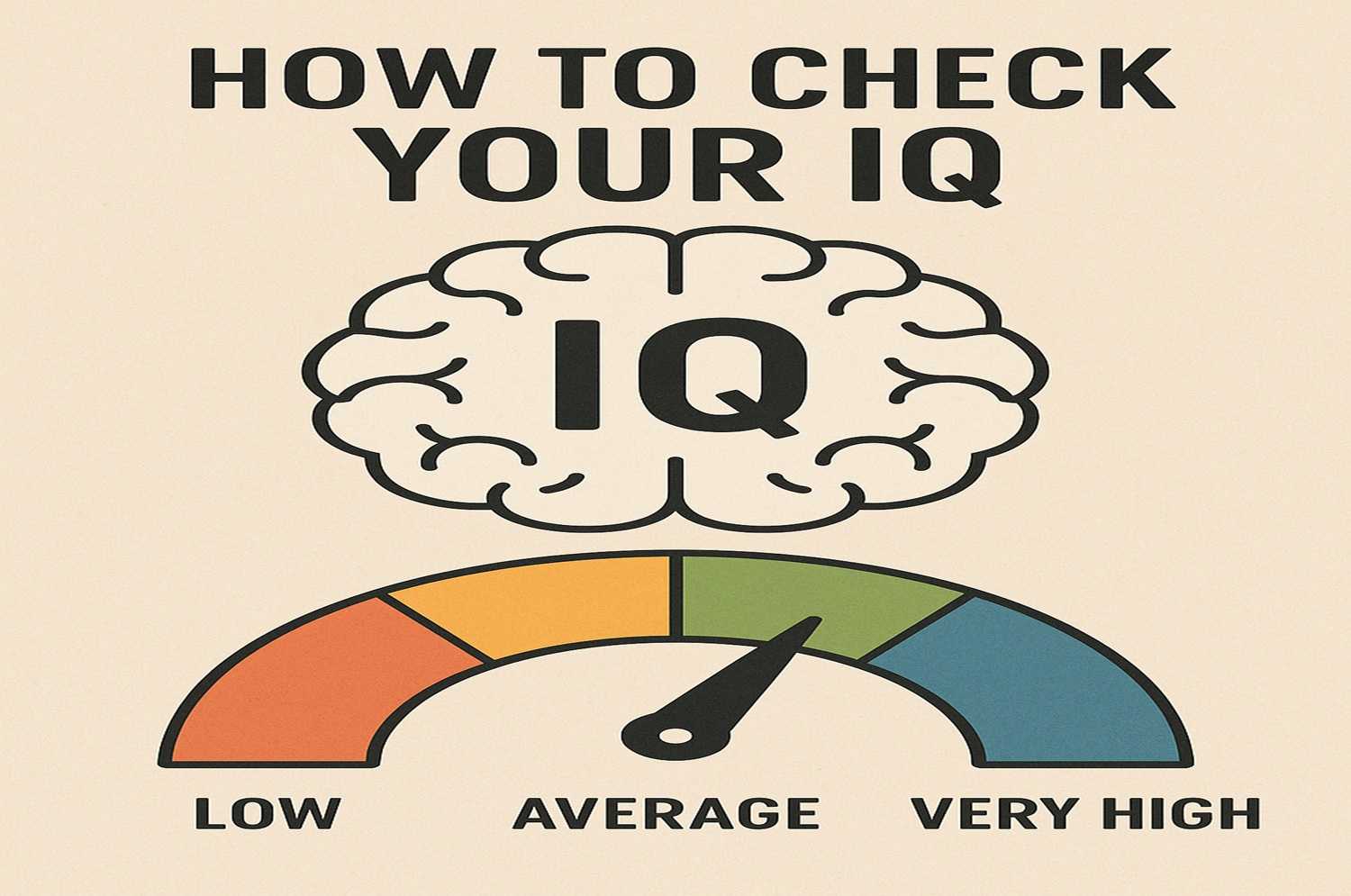Why do we fall in love with some people but not others? From chemistry to psychology, attraction is a fascinating mix of science and emotion. This guide unpacks key theories of attraction to help you understand the psychology of love in simple terms.
What Does It Mean to “Fall in Love”?
To “fall in love” is more than just feeling butterflies or enjoying someone’s company—it’s a deep emotional, psychological, and biological process that creates a strong bond between two people. While attraction often begins with physical appeal or shared interests, falling in love usually signals a deeper commitment, blending emotional intimacy, trust, and long-term connection.
Love vs. Attraction: The Key Difference
Attraction can be instant—it’s that spark when you first notice someone’s smile, voice, or presence. However, love grows beyond surface-level interest. According to the theory of attraction, attraction is just the first step; it draws two people together. Love, on the other hand, involves vulnerability, shared values, and the willingness to support each other even in difficult times. In short, attraction might open the door, but love is what keeps the bond alive.
Emotional, Biological, and Psychological Factors
Falling in love is influenced by multiple layers:
- Emotional: Feelings of safety, affection, and attachment create the foundation of love.
- Biological: Chemicals like dopamine, oxytocin, and serotonin play a major role in how we experience closeness and happiness with someone.
- Psychological: Our past experiences, personality traits, and even subconscious needs shape how and why we fall in love.
Together, these factors explain why love is not just a choice but also a deeply rooted human experience.
7 Psychological Theories of Attraction That Explain Love
The Similarity-Attraction Effect (we like people similar to us)
One well-known theory of attraction is that we naturally gravitate toward people who share our values, interests, or personality traits. When we see ourselves reflected in someone else, it creates comfort and validation. This explains why many people fall in love with those who have similar lifestyles, hobbies, or even sense of humor.
The Proximity Effect (closeness breeds connection)
Physical closeness plays a huge role in attraction. The more often we encounter someone—whether at school, work, or even a neighborhood café—the more familiar and likable they become. This theory of attraction highlights why friendships often turn into romantic relationships simply because of consistent presence.
The Reciprocity Principle (we love those who love us back)
Humans are wired to respond positively to affection. When someone shows us care, appreciation, or love, we’re more likely to mirror those emotions. This principle explains why mutual admiration often leads people to fall in love—we want to feel valued, and we’re drawn to those who provide it.
Attachment Theory (how childhood bonds shape adult love)
Attachment theory suggests that the way we bonded with our caregivers as children impacts how we connect romantically as adults. A secure attachment often leads to healthy, trusting relationships, while insecure attachment may cause challenges. Understanding this theory of attraction helps explain why some love bonds feel stable while others struggle.
Evolutionary Theory of Attraction (biology and survival instincts)
From an evolutionary lens, attraction is deeply rooted in survival. Traits such as health, fertility, or strength are subconsciously appealing because they signal good genes and protection. This theory of attraction explains why certain characteristics consistently influence who we fall in love with across cultures and generations.
Social Exchange Theory (love as a give-and-take balance)
According to social exchange theory, relationships are built on a balance of costs and rewards. We’re drawn to people who provide emotional support, companionship, or stability in return for what we give. This theory of attraction frames love as a dynamic exchange rather than just emotion.
Sternberg’s Triangular Theory of Love (intimacy, passion, commitment)
Psychologist Robert Sternberg proposed that love is built on three key components: intimacy, passion, and commitment. Different combinations of these elements form different types of relationships, from infatuation to lifelong partnerships. This theory of attraction offers a complete framework to understand how people fall in love and maintain it.
Practical Takeaways – How These Theories Apply in Real Life
Understanding Your Own Relationships
When we fall in love, it often feels mysterious, but the theory of attraction helps us see patterns behind those feelings. By reflecting on what draws you to a partner—whether it’s shared values, physical chemistry, or emotional security—you gain clarity about your choices in love. Understanding these psychological factors can make you more self-aware and help you navigate relationships with greater confidence.
Using Theories to Strengthen Bonds
Knowing why people fall in love isn’t just an academic idea—it’s practical. Applying the theory of attraction to your daily life can improve communication, deepen emotional intimacy, and reinforce trust. For example, couples who recognize the role of reciprocity or similarity in attraction can intentionally nurture these areas, making their bond stronger over time.
Recognizing Unhealthy Patterns of Attraction
Not all attraction leads to healthy love. Sometimes, we fall in love due to unmet needs, unresolved childhood experiences, or toxic cycles. The theory of attraction can help identify red flags, such as one-sided emotional investment or repeated patterns of unhealthy relationships. Recognizing these signals early allows you to make conscious choices, protect your well-being, and move toward healthier connections.
Read Also:









